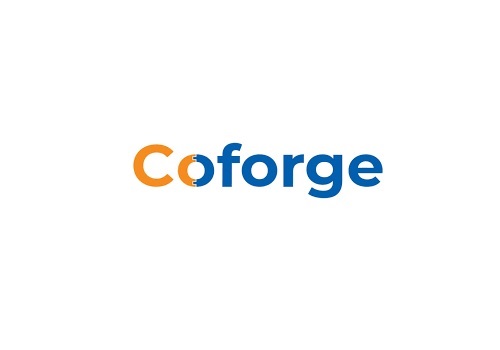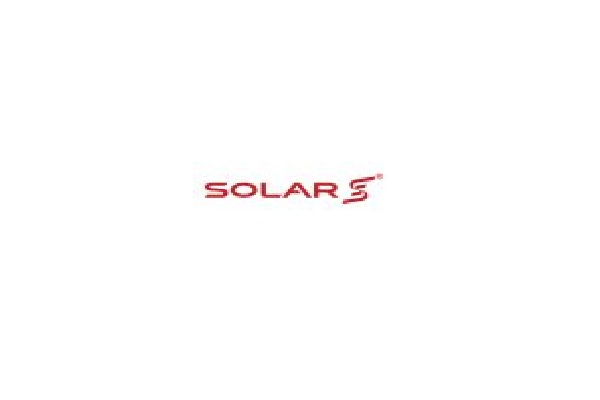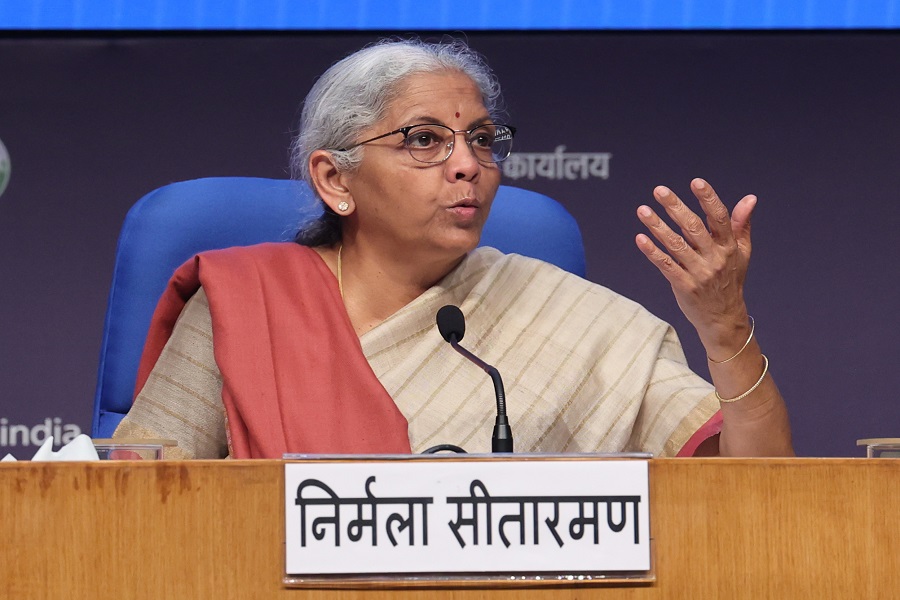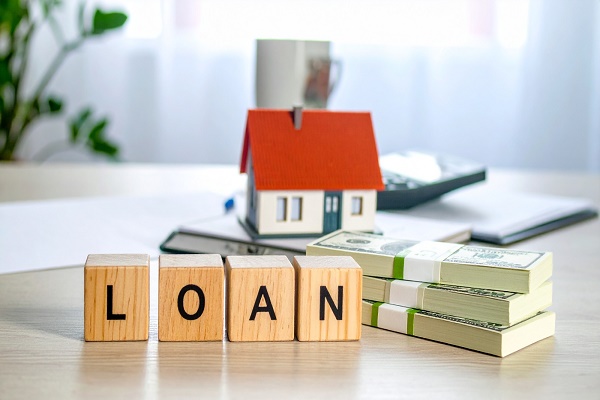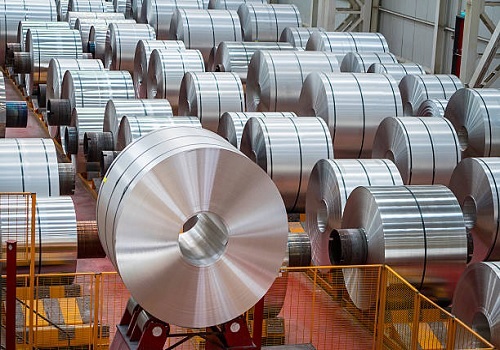Banks and Diversified Financials: Best may be behind, outlook crucial - Kotak Institutional Equities

Best may be behind, outlook crucial
Earnings growth for banks will be weaker, led by slow operating profit growth due to muted NII growth; asset-quality trends (barring seasonal variations) continue to hold up well, leading to low credit costs. We expect NBFCís growth and profitability to hold reasonably well, although we would watch for early asset-quality indicators and outlook. In the meantime, equity tailwinds continue to buoy capital-market plays.
Banks: Unexciting trends, but less worrisome as well
We expect the moderation in earnings growth to continue, as the best earnings growth drivers are well behind us. Provisional business data released by a cross-section of banks suggest that loan growth has slowed further, but we donít see a further reduction in the CD ratio. We expect banks to report a 10-15 bps decline in NIMs, led by the re-pricing of deposits or slippages that tend to be seasonal in nature (PSL loans). We have changes to investment guidelines this quarter.
The overarching theme about asset quality, barring seasonal variations, continues to remain less worrisome. However, banks have been consistently cautioning that the current levels of slippages and credit costs are not sustainable. Unsecured loans are still not showing any worrisome change in trends. However, lenders are likely to see an increase in slippages in their microfinance portfolios, given the persistent weakness in collections in the quarter?partially led by the disruption from elections and heat wave, along with some signs of over-lending in the industry. Recovery from bad loans (a key earnings driver for public banks) is likely to be muted in 1QFY25.
NBFCs: 1Q on track, asset-quality commentary critical
We expect most NBFCs under coverage to deliver 16-32% earnings growth, supported by >20% loan growth. Despite the peaking of rates/funding costs, yoy compression of NIM puts pressure on NII growth. Asset quality, despite seasonal trends, may broadly hold on well. We look for early warning signals in gross stage-2 loans and management outlook in light of mixed trends in unsecured and microfinance loans. We roll over to 1QFY27E and Shriram, Muthoot, Aavas and Home First remain our preferred bets.
Capital markets: Equity tailwinds continue; bond issuances decline
1QFY25 has been a strong quarter generally for capital market players, as reflected in market returns (Nifty-100 up ~10% in 1Q), strong retail flows, while bond issuances declining sharply (-35% yoy/qoq). Among AMCs, equity AAUM growth has been much stronger for HDFC/Nippon (12-13% qoq) followed by ABSL/UTI (5-6%), reflecting the underlying fund performance. CAMS and Kfin are likely to benefit from operating leverage in the core MF RTA business, with a growing contribution from the non-MF businesses (although margins are lower seasonally). Rating agencies are unlikely to see any major growth tailwinds, given the decline in bond issuances and subdued growth in international businesses.
BANKS: LOAN GROWTH HEALTHY, BUT MARGINALLY SLOWER
Overall loan growth has stayed healthy
As per the latest available data (June 14, 2024) for the banking system, loan growth has stayed strong at ~19% yoy (~16% excluding HDFC Ltd). Loan growth is still near a decadal high. Sector-wise deployment of banking credit as of May 2024 indicates that credit to large corporates is still sluggish at ~9% yoy (~9% excluding HDFC Ltd). Credit to MSMEs has been growing at a robust pace, but growth has normalized a bit to ~16% yoy from a peak of 37% yoy (May 2022). Services segment growth has also sustained at a healthy level over the past few months at ~23% yoy (~21% yoy excluding HDFC Ltd). The growth rate in bank lending to NBFCs (up ~16% yoy) has slowed down significantly from a peak of ~35% yoy in June 2023. In retail credit, growth was high at ~29% yoy (~18% yoy excluding HDFC Ltd). Housing credit was up 39% yoy (~17% yoy excluding HDFC Ltd) Ė marginally higher than the 15% yoy growth pre-Covid. Growth in auto loans has also stayed healthy at ~18% yoy. Credit card outstanding grew 26% yoy in May 2024, while growth in consumer durable loans was healthy as well at ~15% yoy.
We have shown the reported/estimated credit growth data for banks in the exhibit below. Credit growth yoy continues to be healthy for most banks, although marginally slower than recent quarters. We continue to see lenders being optimistic about credit growth. Credit growth is being driven by retail and MSME loans, while growth in credit to industry is still quite sluggish.
Deposit growth still lags loan growth
As per the latest RBI release, deposit growth stood at ~13% yoy as of June 2024 (~12% excluding HDFC Ltd). We have shown the growth in overall deposits in the following exhibit.
The CASA ratio has been declining steadily in the past few quarters as systemic liquidity has been tight. Weighted average term deposit rates on outstanding book have increased by ~190 bps from trough level in the past few months. Weighted average term deposit rates on fresh deposits have increased by ~240 bps from trough level and it has been flat for more than a year. Most large banks have indicated that the pass-through of fresh term deposit rates is largely complete and further increase in overall cost of deposits should be marginal (~10 bps qoq) in 1QFY25.
Margins likely to decline, but not by much
The frontline banks (private and PSU) have hiked their MCLR rates by ~190-200 bps from March 2022. With the RBI hiking repo rate by ~250 bps over the past few months, the repo-linked loan book has been largely re-priced. Until May 2024, the lending rate on outstanding book for banks had gone up by ~100 bps from trough level. At the same time, we would expect the CASA ratio for the system to have declined further during the quarter. Given both these developments, we believe that NIM for banks would see some pressure sequentially during 1QFY25. In our view, cost of funds will peak out at the level of 1QFY25 for most banks.
Asset quality: Not expecting any meaningful weakness
We expect banks to report healthy asset-quality numbers for another quarter in 1QFY25. Corporate asset quality continues to be pristine. Credit quality seems to be holding up well as NACH bounce rates have stayed below pre-Covid level. Banking sector exposure to retail unsecured credit has been limited, especially lower in the small ticket personal loans segment which has seen some signs of deterioration. Hence, we are not worried about it either.
Several lenders have indicated weakness at the industry level in the microfinance business. We are likely to see higher slippages during the quarter in the microfinance business and this could also translate into higher provisions for players with a sizeable presence in this segment.
NBFCs: 1Q on track, asset quality commentary critical
We expect most NBFCs under coverage to deliver 16-32% earnings growth, supported by >20% loan growth. Despite peaking of rates/funding costs, yoy compression of NIM puts pressure on NII growth. Asset quality, despite seasonal trends, may broadly hold on well. We look for early warning signals in gross stage-2 loans and management outlook, in light of mixed trends in unsecured and microfinance loans. Shriram, Muthoot, Aavas and Home First remain our preferred bets.
Strong earnings growth continues
We expect earnings growth to be strong at 16-32% for most players, with the exception of India Shelter (63% yoy, buoyed by high growth and capital issuance), LICHF (down 13%, marred by low growth and high margin base) and MMFS (up 12% yoy). High loan growth is the key driver with yoy NIM compression likely leading to lower NII (versus loan) growth. Credit cost may be broadly stable yoy but some reduction in expense ratio, on a high base, will provide a small boost.
Loan growth >20% for most
Sequential trends in loan growth trends are likely mixed, reflecting seasonal weakness in select cases. On annual basis, most NBFCs continue deliver 20%+ growth with weakness in LICHF (due to low disbursements in last few quarters) and LTFH (reflecting rundown of wholesale book while retail continues to grow at 30%+); high loan growth is the key NII and earnings driver.
Muthoot may stand out, better disbursements in Aavas and LICHF
On sequential basis, we expect large improvement in Muthoot Finance (up 10% qoq), reflecting a 7% rise in gold price (13% in rise in average quarterly gold price) between 4QFY24 and 1QFY25; the company also benefits from rundown of loan book by IIFL Finance (gold loan book down 30% between March and mid-June 2024). Our estimate for Shriram (up 2.5% qoq versus 4-5% sequentially growth in last four quarters) may be conservative. We expect high (29% yoy) disbursements growth for LICHF on low base and managementís concerted efforts to step up new business. Similarly, Aavas will likely deliver 25% yoy disbursements on low base (down 2% yoy in 1QFY24) when the new management has just taken over.
Marginal qoq NIM compression; 20-115 bps yoy NIM compression
We are building in about 10 bps rise in cost of funds for most players, likely driving sequential NIM compression. In high-growth companies (affordable HFCs and small business loan companies), increase in leverage also adds to some compression. Incremental funding costs have been stable for last 2-3 quarters, with exceptions of NBFCs that donít have large PSL to refinance.
In select cases (mostly affordable HFCs), rise in benchmark lending rates helps offset impact of liability side costs. Increase in cost of funds mostly reflects last leg of pending transmission of rate hikes and in some cases catch up of average cost of funds with incremental borrowing rates. In addition, NBFC endeavor to diversify funding sources by adding share of non-banks; these (non-bank) avenues may cost about 15-20 bps higher leading to upward pressure on funding costs even as overall interest rates have remain unchanged.
Asset quality: Trends in gross stage-2 and outlook monitorable
We do not expect any major rise in credit costs or deterioration in asset quality performance for 1QFY25E, albeit seasonal trends. However, the trends are monitorable, and we expect management outlook to be mixed. Select NBFCs have guided for weak collections in first two months of the quarter due to extreme heat wave or elections. In this backdrop, we expect rise in early delinquencies/gross stage-2 loans.
Trends in unsecured loans and microfinance are mixed. At this stage, as per most lenders, while delinquencies are rising, risk-adjusted returns are comfortable. Withdrawal/slowdown of fintech credit and likely contagion is something that we are watching out for. Notably, trends in gross stage-2 and gross stage-3 until 4QFY24 have not reflected any stress for secured loan NBFCs.
1QFY25 outlook for asset & wealth managers and rating agencies
1QFY24 is likely to be another strong quarter for AMCs. Industry quarterly average AUM is likely to grow by ~10% qoq, whereas equity AUM growth is likely to be around 11-12% qoq. For the four listed AMCs, we see stronger equity AUM growth for HDFC AMC and Nippon AMC, followed by ABSL and UTI. HDFC AMC and Nippon continue to enjoy stronger fund performance, leading to flow market share gains.
Revenue yields will face the usual pressure arising from AUM growth, aided by strong MTM gains during the quarter. AMCs (e.g., HDFC and Nippon) where funds have likely moved to higher slabs will see compression but likely partly offset by improved equity mix. Both HDFC and Nippon have likely seen continued gains in the SIP flow market share as well. For ABSL, we await any progress toward curbing market share loss. For UTI, we look forward to management outlook on cost control and any signs of flow share trends given weaker fund performance in early buckets.
Among RTAs, both CAMS and Kfin will benefit from strong AUM growth for the industry. While AUM growth will lead to dilution in yields, we expect benefit of strong operating leverage to lead to strong operating profit growth and margin expansion. For both, we also expect growth tailwinds in the non-MF businesses.
IIFLWís AUM growth has always been tougher to predict, but we expect 1Q to be a healthy quarter on both returns and flows. We expect yields to be stable qoq as strong equity markets support yields, partly offset by redemptions in asset management business and inflows in advisory segment. Focus on growth outlook, especially in the newly set up HNI and global verticals.
Among rating agencies, we expect CRISIL to have subdued quarter given softness in the international business as well as decline in debt issuances in 1Q. While ICRA is also subject to weakness in ratings it benefits from weaker base and one acquisition in 3QFY24, leading to stronger yoy growth in revenues and earnings.

